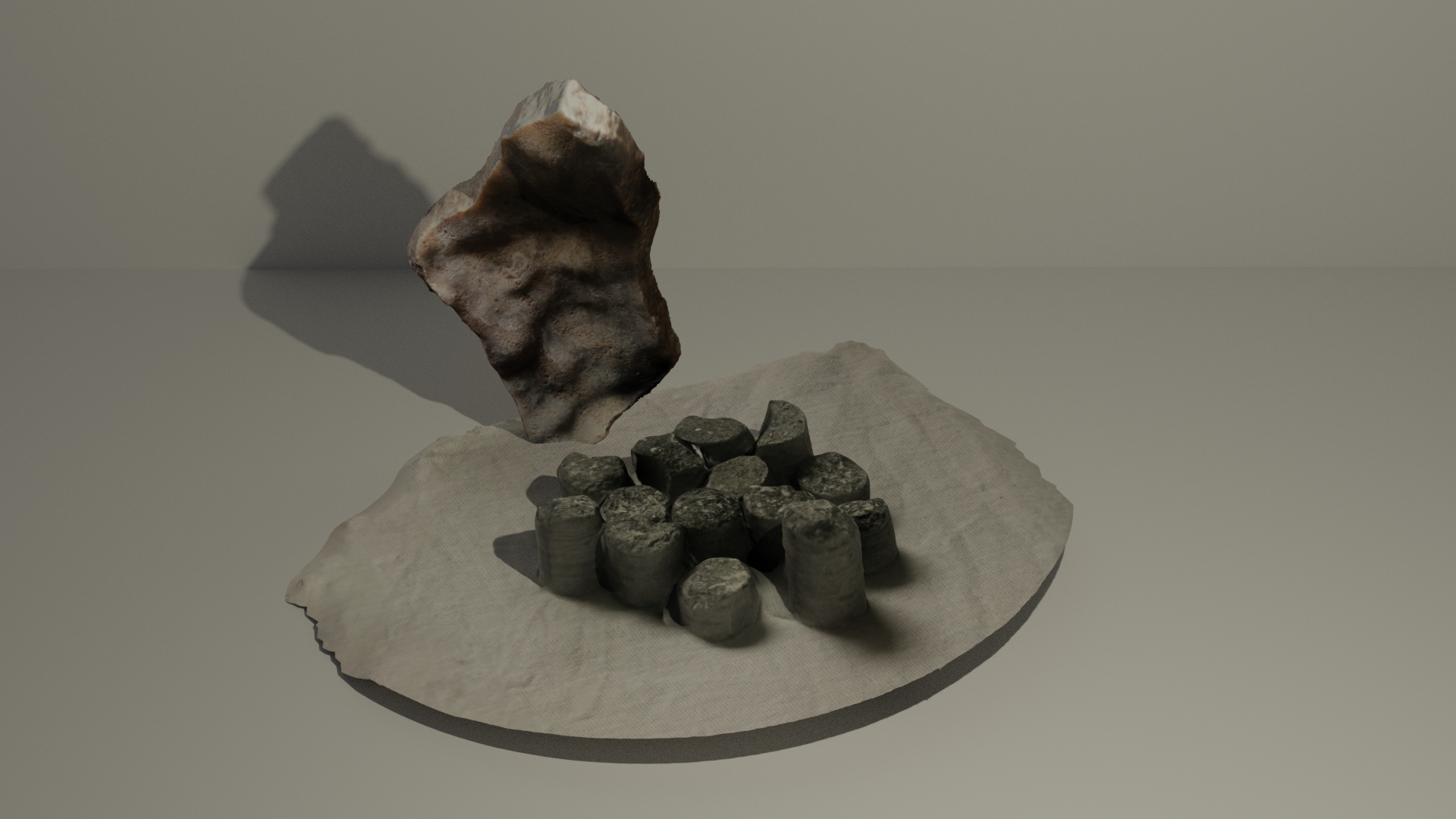Made this while listening to Collective Observations: Tim Gill talking about designing urban spaces which prioritise children’s exploration and independence. If spacing is standardised in play space then children are more likely to lose concentration and hurt themselves. Knobbly/asymmetrical is safer (Helle Nebelong 1999). He talked about how children’s roaming range has changed through generations. During pandemic, low traffic road closures have meant more urban spaces used by local children for play. Parks and natural spaces are used more. Access to these spaces are inadequate and unequal and disproportionately impact BAME and poorer communities (Friends of the Earth). How do we learn from this for the future? Play is more interesting when less predictable, dynamic and affected by weather.




Leave a Reply